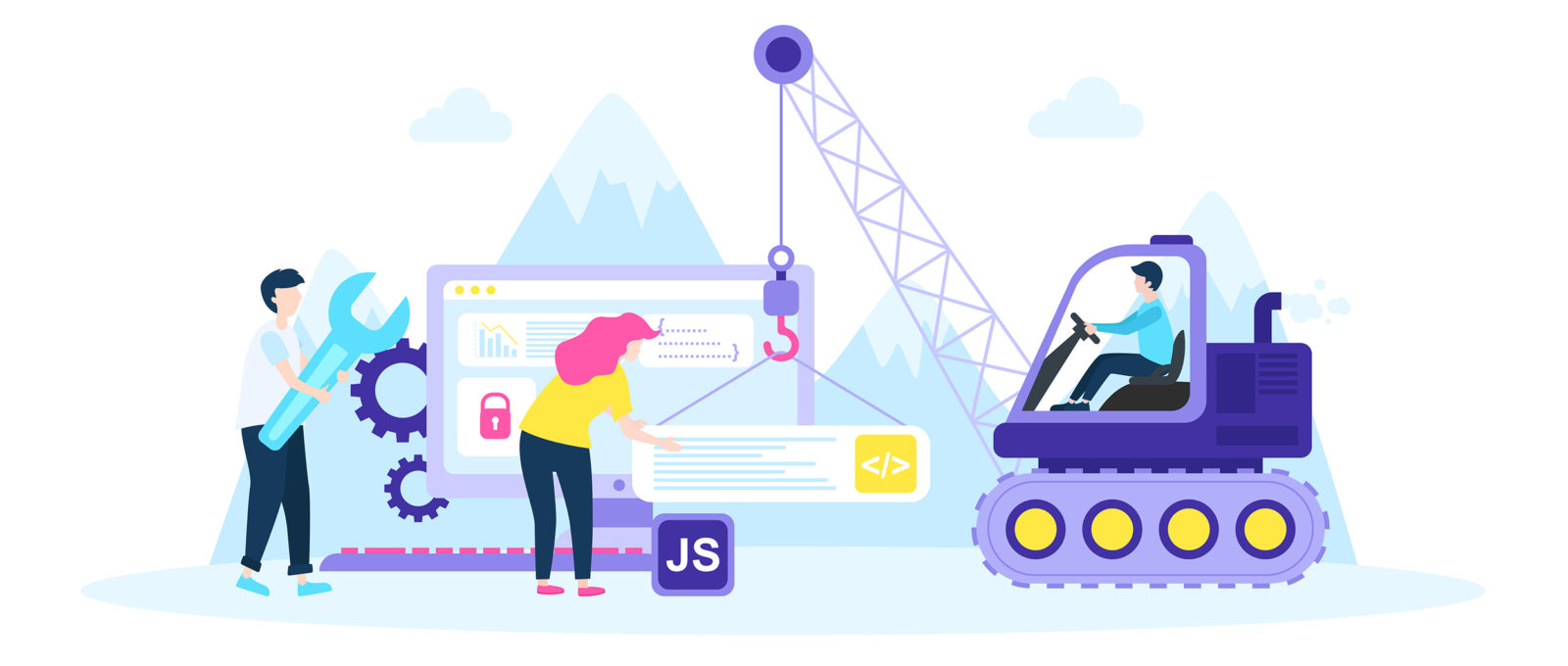Keen To Uncover Just How Site Style Has Transformed With Time? Study The Advancement From Simpleness To User-Focused Experiences.
Keen To Uncover Just How Site Style Has Transformed With Time? Study The Advancement From Simpleness To User-Focused Experiences.
Blog Article
Writer-Dalrymple Dodson
In the past, web sites were straightforward and focused on info. Navigation was straight, and design was for desktops. Now, user experience is crucial. Information guides styles for very easy navigating. Responsive formats match different devices. Today, dark mode minimizes stress, and minimalist menus boost navigation. Interactive attributes engage customers, and strong visuals stand out. AI integration enhances involvement. See how layout has actually progressed to improve your on-line trip.
Early Days of Website Design
In the early days of web design, simplicity reigned supreme. Internet sites were basic, with restricted colors, typefaces, and designs. The focus was on supplying info rather than fancy visuals. Individuals accessed the internet with slow-moving dial-up connections, so rate and performance were vital.
Navigating food selections were straightforward, usually located at the top or side of the web page. google maps business profile were created for desktop, as mobile surfing wasn't yet widespread. Content was king, and developers prioritized very easy readability over complex design components.
HTML was the main coding language made use of, and designers needed to function within its constraints. https://seoandcontentmarketing40617.blog-ezine.com/29972476/enhance-your-organization-with-proven-online-marketing-solutions and interactive functions were minimal compared to today's requirements. Web sites were fixed, with little dynamic content or personalized customer experiences.
Increase of User-Focused Layout
With the advancement of internet site design, a change towards user-focused style principles has ended up being significantly noticeable. Today, producing internet sites that focus on individual experience is vital for involving site visitors and achieving business objectives. User-focused layout includes understanding the demands, preferences, and behaviors of your target audience to customize the web site's layout, material, and includes as necessary.
Designers currently carry out extensive research study, such as customer surveys and usability screening, to gather insights and feedback straight from users. This data-driven method helps in producing instinctive navigation, clear calls-to-action, and aesthetically enticing user interfaces that reverberate with site visitors. By putting the individual at the facility of the style process, web sites can deliver a more individualized and enjoyable experience.
Responsive design has also become a crucial element of user-focused design, ensuring that internet sites are optimized for different gadgets and screen dimensions. This flexibility enhances availability and use, dealing with the diverse methods individuals communicate with websites today. In essence, the rise of user-focused style indicates a shift towards producing electronic experiences that prioritize the demands and expectations of completion individual.
Modern Trends in Website Design
Check out the current patterns forming website design today. One prominent pattern is dark setting style, using a smooth and modern appearance while decreasing eye stress in low-light settings. Another vital trend is minimal navigating, simplifying menus and boosting user experience by focusing on essential elements. Incorporating micro-interactions, such as computer animated switches or scrolling impacts, can produce a more engaging and interactive website. Responsive layout stays crucial, ensuring smooth individual experiences across different devices. In addition, utilizing bold typography and unbalanced formats can add aesthetic rate of interest and accentuate details content.
Incorporating AI technology, like chatbots for customer assistance or personalized referrals, improves user involvement and enhances processes. Accessibility has likewise come to be a substantial fad, with designers prioritizing inclusive layout practices to satisfy varied individual needs. Accepting sustainability by optimizing website efficiency for rate and efficiency is one more emerging trend in website design. Collaborating with individual responses and data analytics to iterate and boost design continuously is important for staying relevant in the ever-evolving electronic landscape. By accepting these modern patterns, you can produce an aesthetically enticing, straightforward website that resonates with your target market.
Final thought
As you reflect on the evolution of website layout from the very early days to currently, you can see just how user-focused style has come to be the driving force behind modern trends.
Accept the journey of adjustment and adjustment in web design, constantly maintaining the user experience at the center.
Remain existing with the most up to date fads and modern technologies, and never stop progressing your strategy to produce aesthetically stunning and straightforward sites.
Evolve, adjust, and produce - the future of web design remains in your hands.
